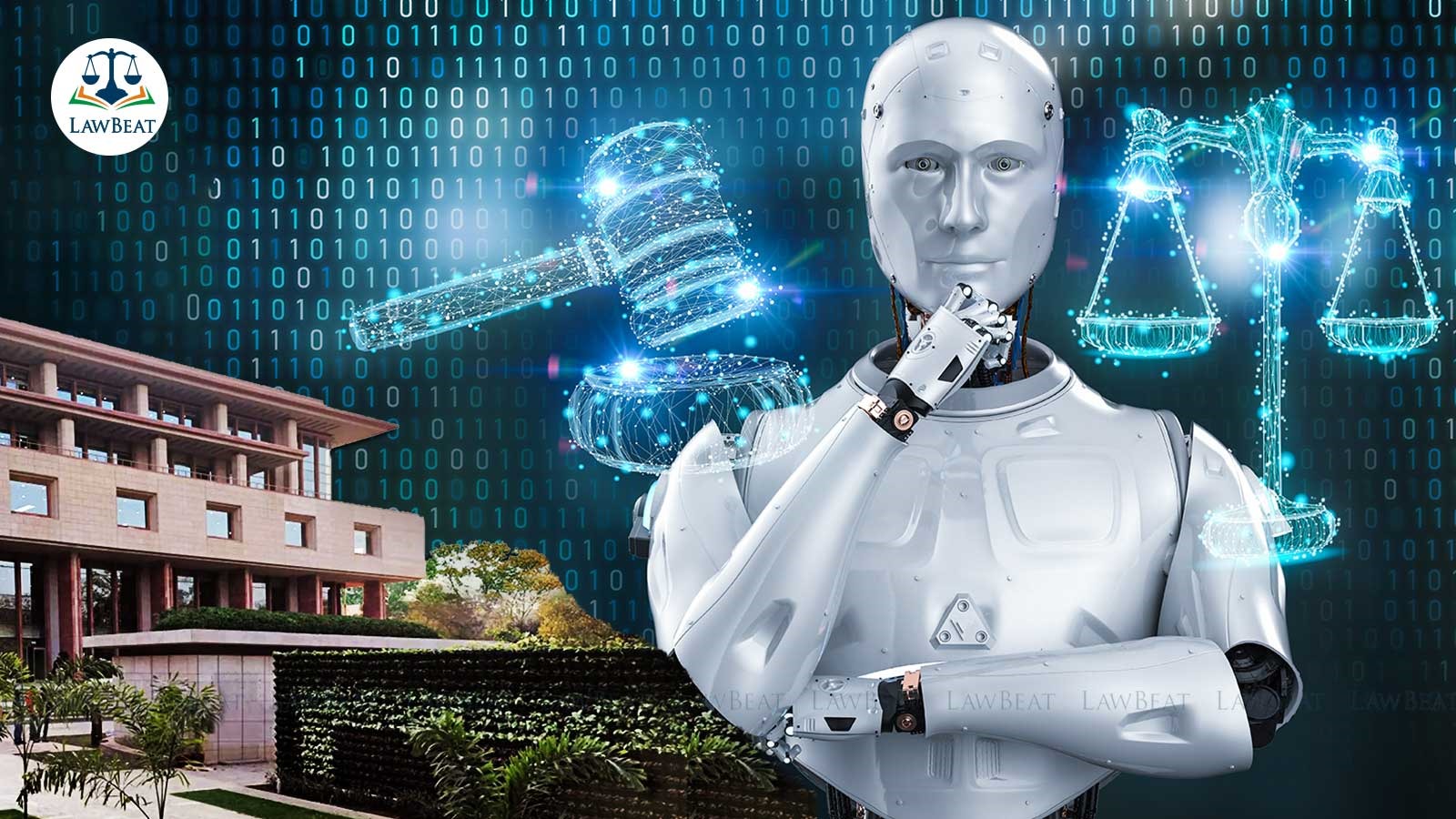‘Everything You Are Hearing And Seeing Can Be Fake’: Delhi HC In Plea Seeking Regulation of AI and Deepfake

The petition focused on the malicious use of AI, particularly deepfakes, for spreading misinformation and targeted propaganda, raising significant ethical concerns. Deepfakes, created using advanced deep learning techniques, were described as synthetic media forms that pose serious ethical challenges.
The Delhi High Court, on Wednesday, while acknowledging the widespread use of deep fakes remarks that “Sometimes it is fine but not everything you are hearing and seeing can be fake”.
The court made such observations in a plea filed by Advocate Chaitanya Rohilla, through Advocate Manohar Lal, emphasizing the urgent need for regulatory frameworks to govern emerging technologies, given their potential wide-ranging impact.
The bench of Acting Chief Justice Manmohan and Justice Tushar Rao Gedela remarked, “I am shocked that what I can see with my own eyes, and hear with my ears is fake”.
The Petitioners also rejected the Central government's responses, contending that the three solutions provided in the reply were merely advisory and not mandatory. The petitioners argued that videos generated by artificial intelligence should be accompanied by a label, rather than a watermark, indicating that the content was AI-generated.
The petitioners argued that the “Problem is once such a video is posted, the damage is done. Even if we complain to grievance officer, they take action within 72 hours, by then it is shared numerous times”.
The court expressed skepticism, stating that individuals attempting to pass off fake videos as genuine would not willingly include such labels. However, the petitioners clarified that while users may not label the videos themselves, the platform where such services are granted should be mandated to include such labels on all videos.
The petitioners further noted that many platforms already offer these labeling services at no cost. In response, the court questioned the feasibility of such technology, pointing out that websites could be duplicated, and asked if it was possible to acquire this technology. The petitioners explained that while purchasing might not be an option, the technology could be rented or subscribed to on a per-video basis.
The petitioners emphasized that platforms should require labels for any video, audio, or image generated by AI, citing Argentina's use of labels on AI-generated images as an example. They argued that without such measures, the threat posed by AI could not be effectively controlled. The court, however, raised concerns about jurisdiction, noting that companies providing these services might be located outside the country.
The court, recognizing the broader impact of this issue, directed the petitioners to submit detailed suggestions, including examples or methods used by other countries, within three weeks. Additionally, the court also instructed the Central Government to work on viable solutions.
Accordingly, the court listed the matter for October 24.
Case Title: Chaitanya Rohilla v. Union of India (W.P.(C)-15596/2023)
